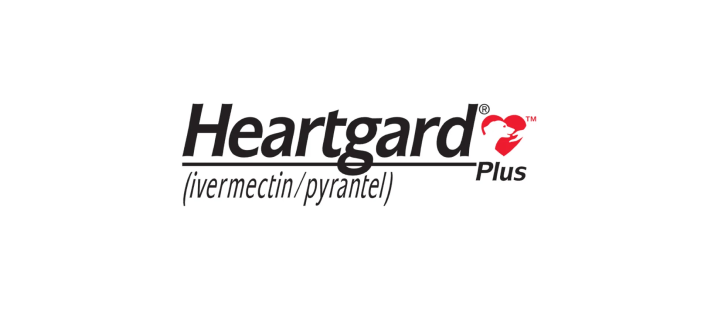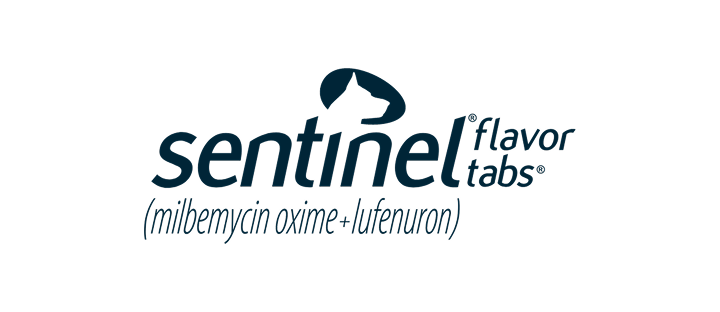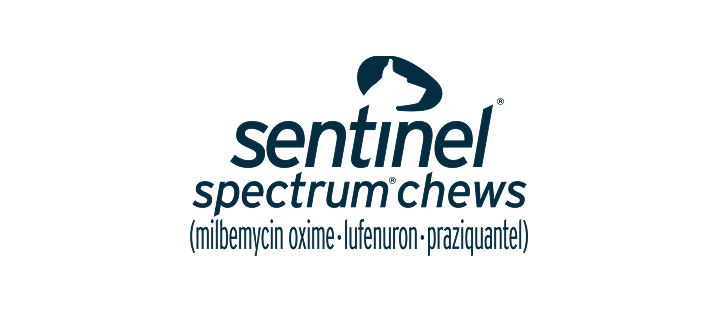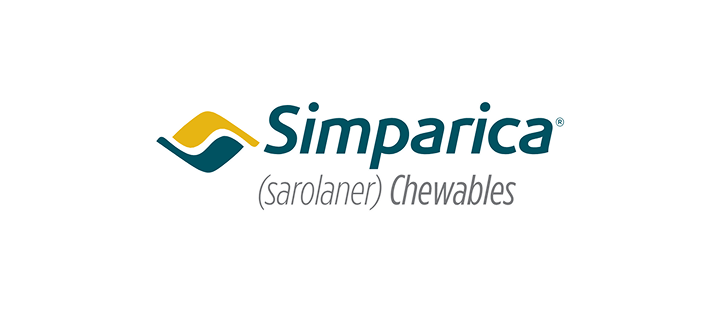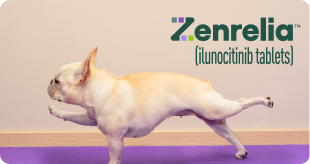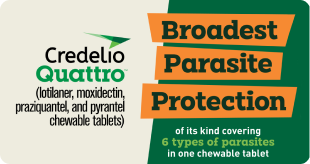Add to next AutoShip order
Order date
Thank you!
This product has been added to your next AutoShip order.
This product has been added to your AutoShip.
We’ll reach out to your veterinarian for prescription approval before shipping. This won’t delay your existing AutoShip order.
Order date
Shipped
Oops! Something went wrong
This product could not be added to your next AutoShip order.
This product could not be added to your AutoShip order.
Please try again or contact customer care for assistance.
Prescription Processing Disclaimer
- Prescription Processing: Your prescription order may be managed, processed, or filled by our pharmacy team at either PetMeds or PCRX.
- Licensing: PetMeds and PCRX are certified and licensed in every state where we ship medication. Our pharmacists hold valid licenses to practice pharmacy in both New York and Florida and have a specialty in veterinary pharmacology. Regardless of which location fills your prescription, rest assured it will be handled by our dedicated team of licensed pharmacists.
- Data Privacy: All personal and prescription information is securely managed and treated with the highest level of confidentiality, regardless of the processing location.
- Customer Service: For any questions or concerns regarding your prescription, you can reach out to our pharmacy call center at (888) 738-6331. Our pet health specialist team will be pleased to assist you.
Add to next AutoShip order
Order date
Add to next AutoShip order: Add a new pet
Add to next AutoShip order: Add a new vet
Add a new vet
Get PetMeds app
Faster easier shopping!
Free shipping on $49+

Standard delivery in 2-5 business days. For prescription items, vet approval is required before shipment.

Free shipping on orders over $49.
 Back
Back
Promotion Terms
20% Off Select Supplements
Free & Easy Returns
The PetMeds Customer Care team is here to make shopping for your pet worry-free. If your pet isn’t happy or you just changed your mind, our policy is to ensure 100% satisfaction with every order.


See a lower price somewhere?




Download our App
Scan the QR code with your phone


Get a prescription with a 10-minute vet call
Join Dutch and talk to a licensed vet online whenever you need for just $49/mo.
Same-day, night & weekend appointments
Membership covers up to 5 pets (dogs & cats)
Top-rated licensed veterinarians
Cancel Dutch anytime
You already have a Dutch membership in cart.
Great news! Dutch can prescribe there.
Sorry, Dutch can’t currently prescribe medications due to state law.
This item is sold per pill
Please check your quantity to make sure you have the correct amount.
Contact us
You're in good hands with our team! Send us a message, and we'll get back to you as soon as possible.
Call or Text us:
1-800-PetMeds
1-800-738-6337Standard message and data rates may apply.
Due to unusually high call volumes, we are experiencing longer wait times. We sincerely apologize, and thank you for your patience.

Mailing Address
420 S. Congress Ave. #100
Delray Beach, Fl 33445


